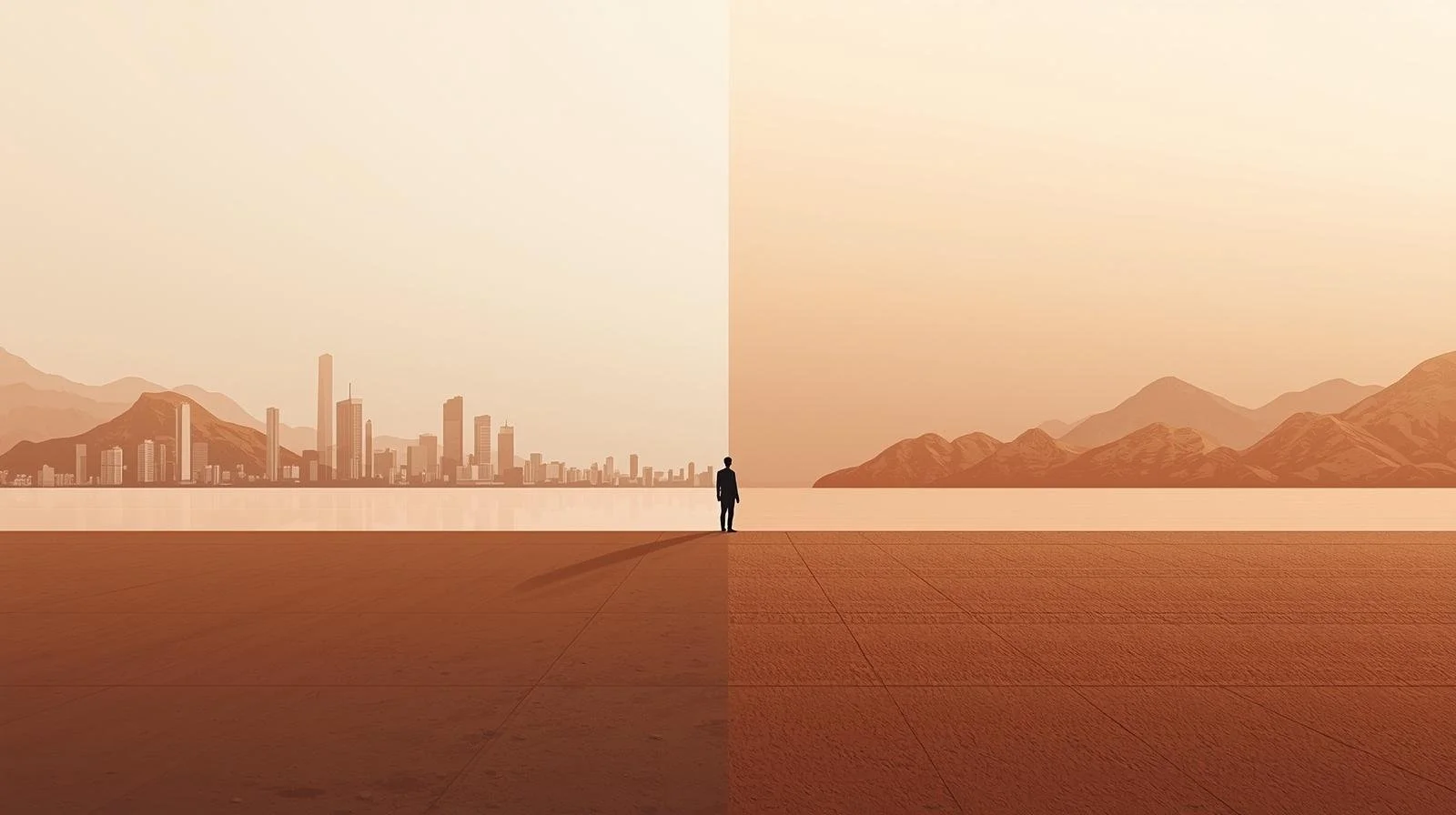Cultural Identity and Healing: Remembering Where You Belong
By Marisol Vega | Cultural Therapist
The Space Between Worlds
For many people, healing starts when they stop asking, What is wrong with me? and begin asking, Where do I come from?
Our sense of self is shaped not only by personal experience but also by the stories of those who came before us. Culture, ancestry, and community are the invisible roots that feed identity. When those roots are ignored or cut off, something essential goes missing.
In a globalized, fast-moving world, many of us live in the space between cultures — too different to belong completely to one, too familiar to feel separate from another. That space can create confusion, but it can also be a powerful ground for growth.
How Cultural Disconnection Affects Healing
When cultural identity is ignored in personal development, healing often feels incomplete. You can learn every self-help method, yet still feel something undefined is missing.
Disconnection can look like:
Feeling unseen or misunderstood even in therapy or coaching.
Carrying generational guilt, trauma, or silence without realizing it.
Adopting values that clash with what you were taught as a child.
Feeling ashamed of the language, accent, or traditions that shaped you.
Culture gives context to pain. It also gives context to resilience. When we reclaim that context, we start healing on a deeper level.
The Psychology of Belonging
Human beings are wired for belonging. Psychologists describe it as a core survival need. When you belong, your nervous system relaxes. You trust connection. You feel safe enough to grow.
Cultural identity expands this sense of belonging beyond the individual. It reminds you that your story is part of something bigger — a shared tapestry woven across time.
For children of immigrants or multicultural families, belonging can become layered. You learn to move between identities depending on where you are. That adaptability is strength, but it can also cause exhaustion if you never feel fully at home.
Steps Toward Cultural Healing
1. Learn Your Story
Ask questions about your family’s past. Listen to the stories that were not written down. Every name, every place, every recipe carries emotional DNA.
2. Reclaim Language
Even a few phrases from your heritage language reconnects you to history. Language carries rhythm, humor, and worldview. Speaking it again, even imperfectly, is an act of remembering.
3. Honor Small Traditions
You do not need to recreate entire customs. Light a candle, cook a meal, play music that reminds you of home. Each act signals to your nervous system: I belong to something older than my pain.
4. Find Safe Community
Look for spaces where people share similar stories of in-betweenness. Healing multiplies in community. The reflection of shared experience makes you feel seen and less alone.
When Identity and Modern Life Collide
Cultural healing does not mean rejecting modern life. It means integrating. You can work in a global industry and still hold local values. You can be bilingual in language and in identity.
Integration is the art of holding contradictions with grace. It allows you to move fluidly between cultures without losing yourself in the process.
Closing Reflection
To heal is to remember where you belong. When you root your growth in the soil of your culture, even the hardest chapters start to make sense. You realize that your story did not begin with you — and that is what makes it powerful.
Author Bio
Marisol Vega is a licensed cultural therapist and researcher who explores how ancestry, language, and identity influence emotional healing. She helps clients reconnect with their roots to build stronger mental health and belonging.
Guest contributions reflect the personal experiences and perspectives of their authors. While every piece is reviewed for quality and respect, the ideas shared may differ from the views of Josh Dolin. Readers are encouraged to take what resonates and leave the rest.

